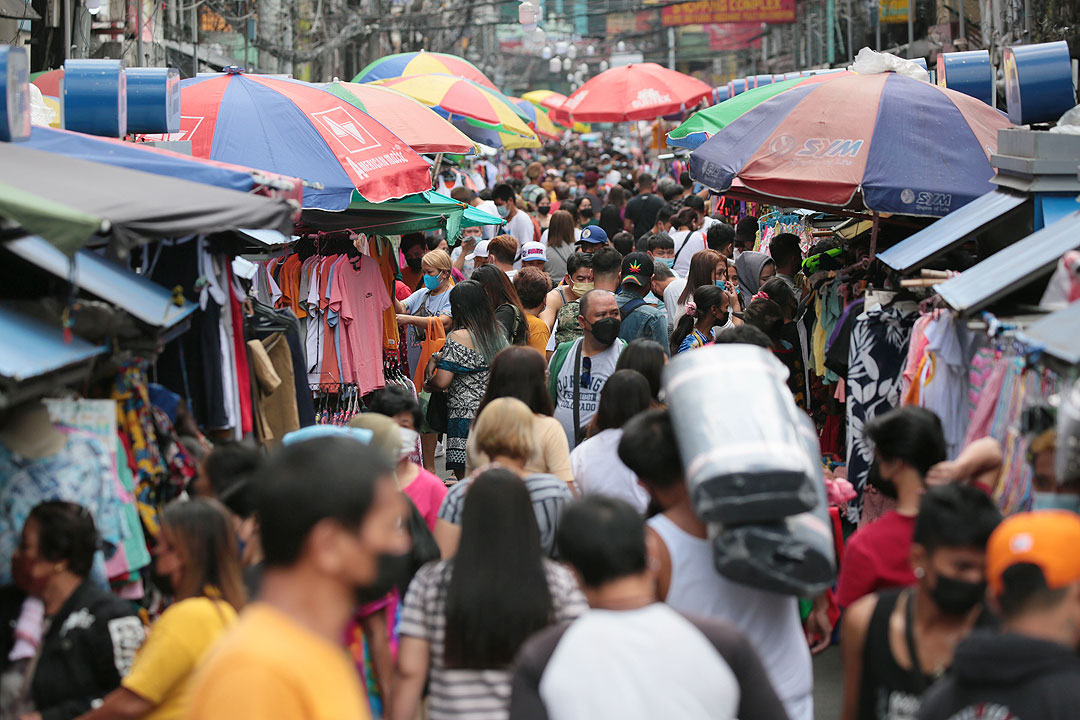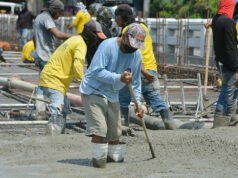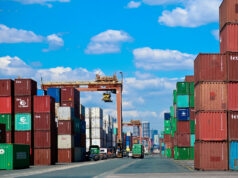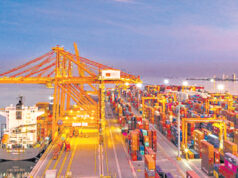AMRO sees PHL growing slower than expected

THE PHILIPPINES will likely grow by 6.2% this year, slower than previously expected as the service-driven economy remains vulnerable to lockdowns, ASEAN+3 Macroeconomic Research Office (AMRO) said.
In its latest regional economic outlook released on Tuesday, AMRO said the Philippines’ gross domestic product (GDP) will expand at a slower pace than the 6.7% projection set in October last year. This is also lower than the government’s 7-9% target for 2022.
The research office said the Philippine economy likely grew by 4.9% in 2021, higher than its previous 4.3% forecast but just below the government’s 5-5.5% target.
“The weakness is the services sector. Philippines is a very services-oriented economy so if they are able to open up the economy more fully, the services sector will recover much more robustly,” AMRO Chief Economist Hoe Ee Khor said at a virtual briefing.
“But at the same time, because of the high dependence on the services sector, if they have to close down for any reason because of a new outbreak — the more infectious and more severe mutation of the virus — then I think the Philippines will be affected more.”
The country will need to ramp up its vaccination program further to keep the economy open for longer and support the services sector, he said.
The government reverted to stricter mobility restrictions as coronavirus disease 2019 (COVID-19) cases surged due to the more infectious Omicron variant. New infections reached 17,677 on Tuesday for a total active case count of 247,451.
The government plans to fully vaccinate 77 million Filipinos by the end of the first quarter.
As for the Association of Southeast Asian Nations (ASEAN), AMRO expects the region’s GDP to expand by 5.2% in 2022, slower than the 5.8% projection previously.
Mr. Khor said the impact of the Omicron variant on ASEAN economies will be less pronounced than the effect of the Delta variant last year as vaccination has become more widespread.
“There’s much more protection of the population and we feel that the economies will maintain the economy much more open this year. As a result, the impact on the economy will be less,” he said.
“Of course, the impact will vary from country to country. For countries which are much more dependent on contact-intensive services industries — like Thailand for instance on tourism — we’ve shaved down the growth much more.”
Among ASEAN economies, Vietnam is expected to grow the fastest this year at 7.5%, followed by the Philippines, then Cambodia and Indonesia at 5.2%.
AMRO estimates the Philippine consumer price index to hit 3.3% this year, just slightly higher than the 3.2% seen previously.
This is just below the Bangko Sentral ng Pilipinas (BSP) projection of 3.4% for 2022.
Mr. Khor said he thinks the BSP should maintain its key policy rates until economic recovery is stronger.
“The inflation (last year) was caused mostly by supply-side disruption,” he said.
Preliminary fourth-quarter GDP data will be released on Jan. 27.
GDP growth likely eased to 6.5% in the fourth quarter, according to the median estimate from a BusinessWorld poll of 18 economists. The economy is expected to expand by 5.3% in 2021. — Jenina P. Ibanez



